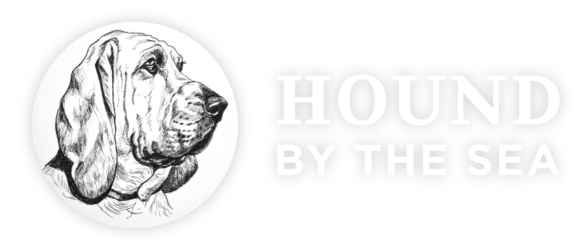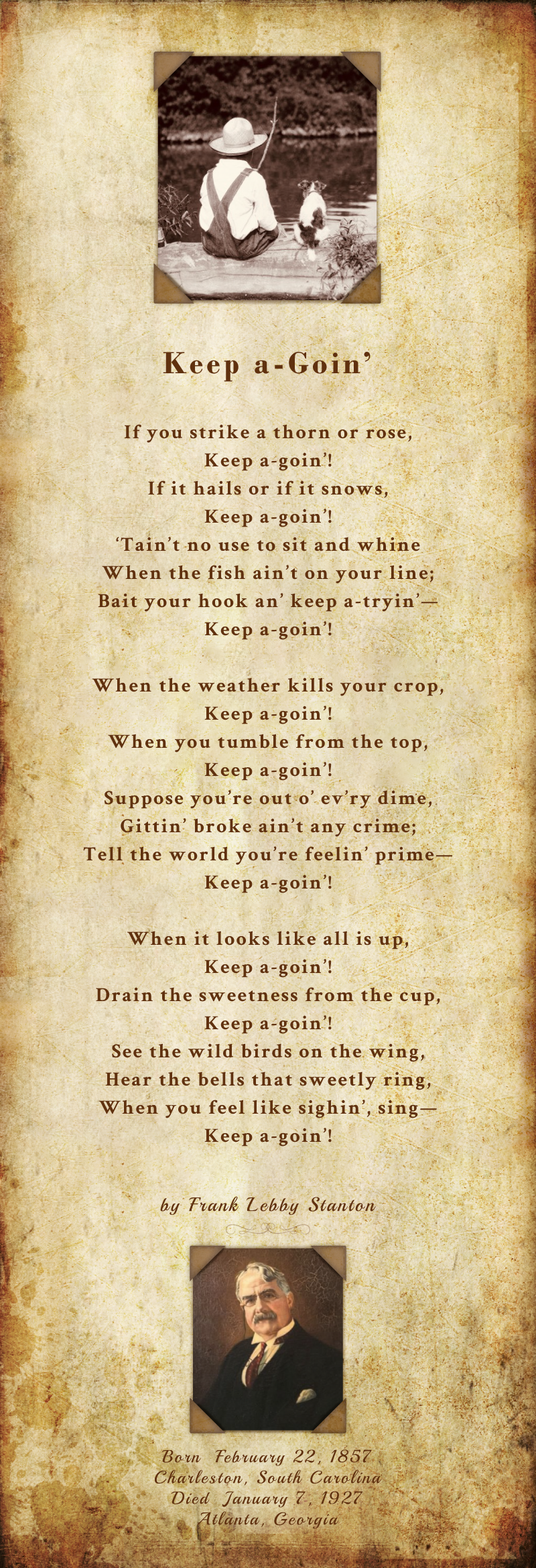The many faces of adversity
Joni Eareckson Tada is the founder of joni&friends.
A recent Daily Devotional—Hand-Tailored Hardships—
has been so helpful to me.
I’m sharing it here hoping it will
prove insightful for you, too.
God’s grace is the only thing that’s getting us through this!
Note: If you’d like to receive Joni’s Daily Devotional in your inbox,
click on this link joni&friends — select Help & Inspiration–
Daily Devotional–scroll to
Receive the Daily Devotional via Email. 😊
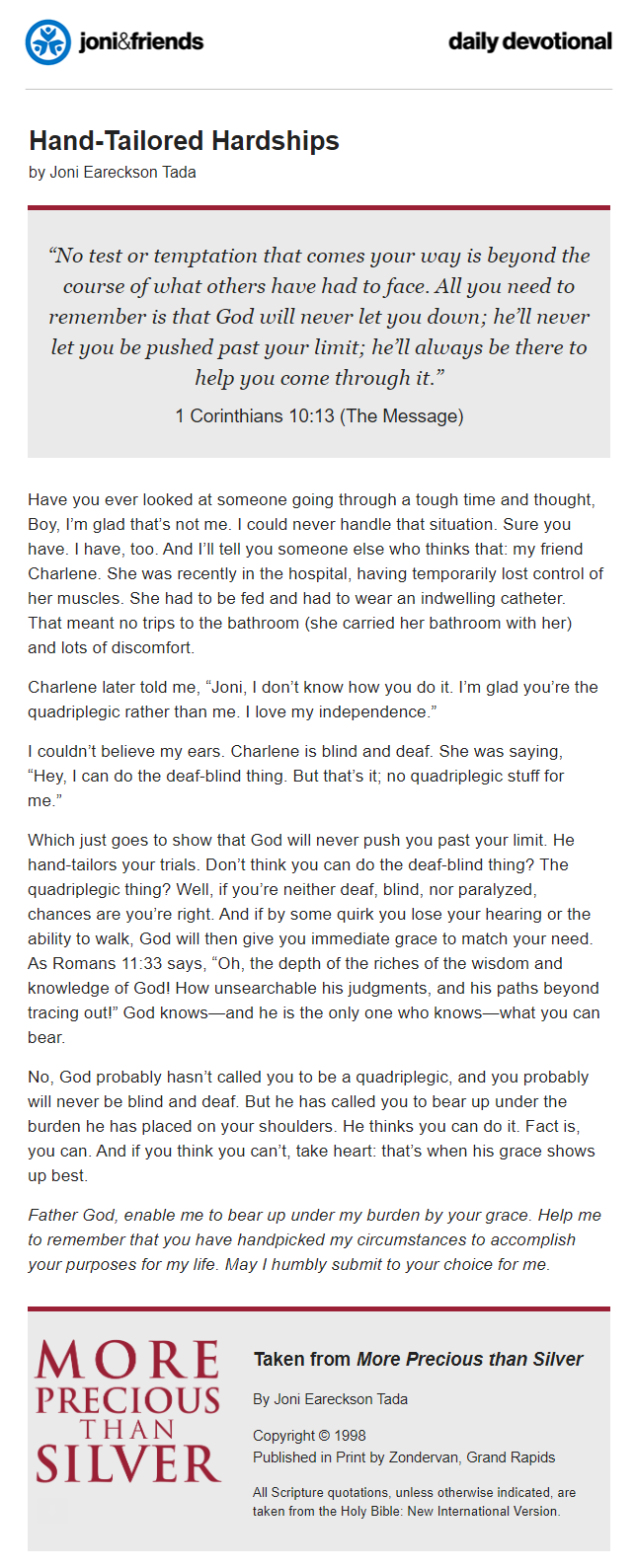
When was the last time . . .
A friend of mine would say, “Leslie, you can’t make stuff like this up.” She’d be right! What you’re about to read is my firsthand account. Good thing ALS hasn’t messed with my memory!
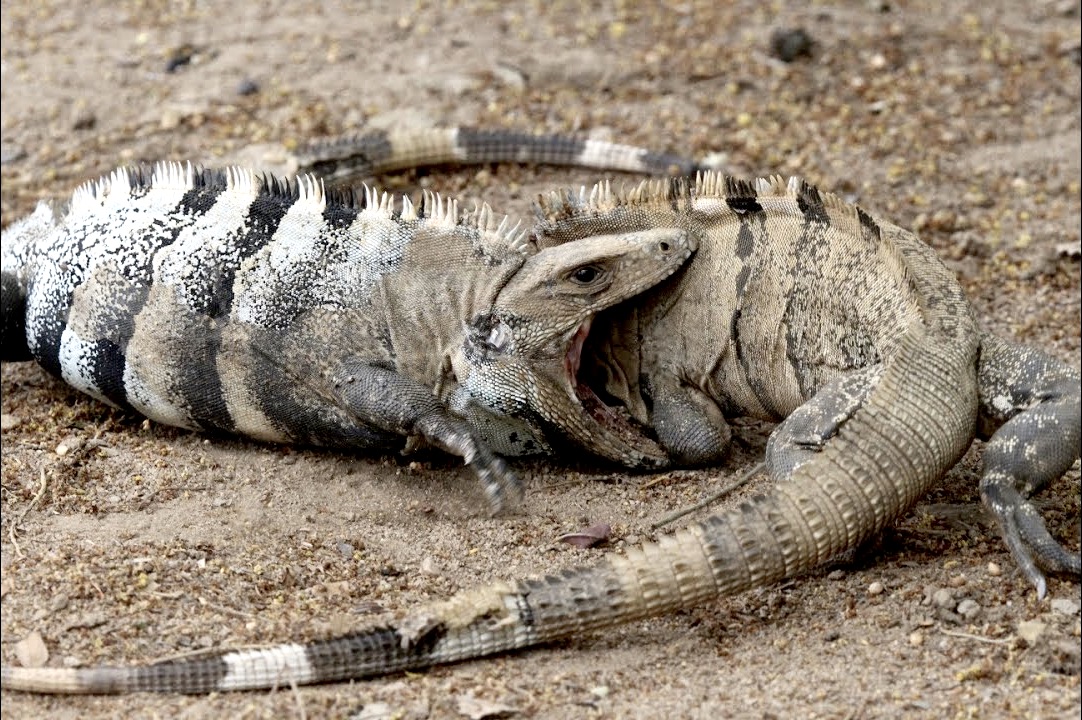
When was the last time . . . you encountered two hefty male iguanas? My first and hopefully last time was 1976 in the central plains of Colombia (Llanos Orientales), South America. Keep in mind . . . my idyllic childhood took place within the backdrop of the small southern California town of Sierra Madre where the only reptiles we observed were small lizards.
You might be wondering what I was doing in Colombia? During the early 1970s while employed by a lucrative feed and grain brokerage firm in southern California, I began sensing God nudging me to volunteer in Colombia as a short-term assistant (STA) with Wycliffe Bible Translators. My home church in Sierra Madre had an engaging program for young people who wanted to experience missions work abroad. My accuracy and speed in typing could be of value to linguists who develop reading primers while translating the Bible into languages of indigenous people.
After submitting my resignation to my employer, I boarded a jet at LAX in September 1975 for what would become a yearlong, life-changing adventure in Lomalinda, Colombia. There were many “firsts,” but what I’m about to share ranks right up there with one of the most harrowing incidents of my entire life!
On a picturesque afternoon under the canopy of a brilliant blue sky accentuated by unforgettable puffy, white clouds, I was walking alone to my resident house through an open field along a well-worn trail. Minding my own business—probably in thought about the remainder of the afternoon and evening—I was perplexed to sense the damp clay soil beneath my feet begin to vibrate. Simultaneously, coming from behind me, there was a bizarre sound resembling the deep rumble of a locomotive. I stopped in the path and with much trepidation, slowly turned around. To my utter horror, not one, but two very large iguanas—at least three feet in length—were barreling down the same path at full speed—aimed straight at me! It happened so suddenly, there was no time to process what was unfolding. Not enough time to think, to run, to scream . . . and no one except God could have heard me scream anyway. So I just stood there—frozen—no doubt with the expression of outright panic on my face.
Just when the massive creatures were within a mere 18 inches of my feet, without slowing their pace they made an abrupt turn to their right and headed into the adjacent brush. What ensued was hair-raising snarling, growling, and snapping of jaws unlike anything I’d ever witnessed! Two male iguanas viciously fighting—apparently over the right to mate with a certain female. Horrific. She must have been a real piece of work!
Perhaps one day I’ll learn whether there were angels—commissioned by God but invisible to me—to fend off those enormous iguanas. In the meantime, what is certain . . . I’m still alive 44 years later to share the vivid memory with you!
My short list . . .
It’s easy to forget or downplay my reasons to be thankful—even more so when I’m not firing on all cylinders. So here’s my short list to help remind me of God’s countless, undeserved perks.
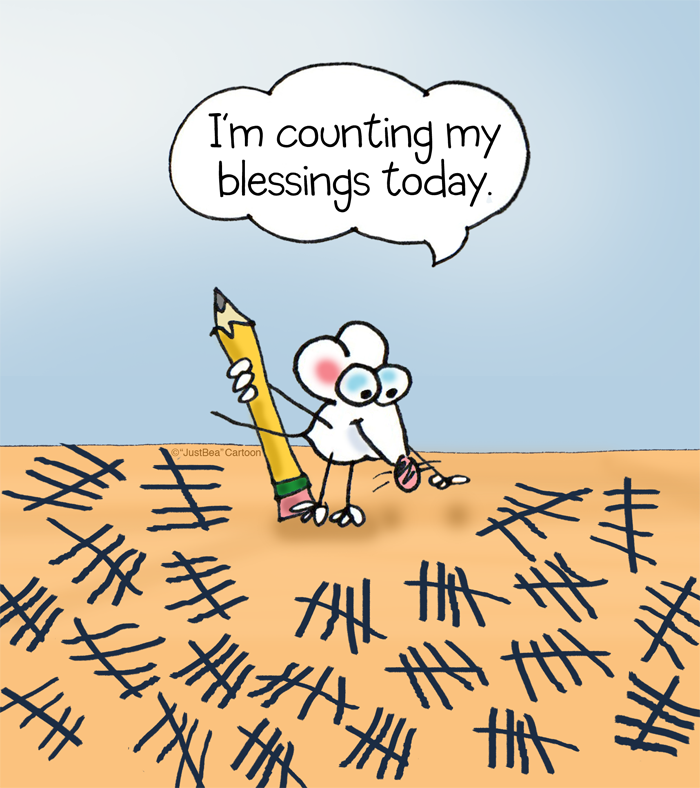
air
arms
art
babies
bakers
bats
BIBLE
birds
books
brain
breathing
cell phones
choices
clouds
clothes
communication
computers
creeks
crops to sustain
doctors
domestic animals
electricity
emotions
eyes
Faithful Husband
feeding formula
feet
fences
fingers
fish
fog
food for dogs
food for hens
fresh eggs
friends
fruit trees
GOD Who loves me
grass
grocery stores
hands
happy hens
hearing
home health service
hot water heater
hugs
jets
joy
kisses
laughter
legs
life
love
medicine
memories
memory
moon
music
new car tires
ocean
oven
paint
paper
parents
pencils
pens
piano
narcissus blossoms
pictures
pilots
Prayer
property taxes paid
rain
redwood trees
rivers
roads
schools
sea mammals
sidewalks
sight
silence
soap
soil
sorrow
special dogs
stairs
stars
streams
sun
sunrises
sunsets
teachers
tears
toothbrushes toothpaste
towels
trash collectors
vacuum cleaners
vehicle
voices
warm home
warm showers
washcloths
washing machine
water
wifi
wild creatures
wind
windows
Distractions and diversions . . .
Horse Blinders
. . . compiled from information on the internet
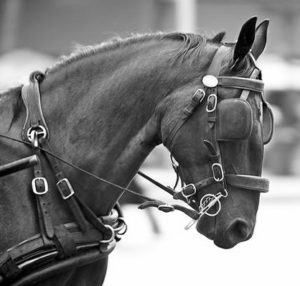 Unlike the name suggests, horse blinders, also known as blinkers or winkers, do not blind horses. Horse blinders are firm leather squares or plastic cups that attach to a horse’s bridle or hood and prevent a horse from seeing behind and beside him. Horses that pull wagons and carriages wear blinkers to prevent them from becoming distracted or panicked by what they see behind or beside the wagon.
Unlike the name suggests, horse blinders, also known as blinkers or winkers, do not blind horses. Horse blinders are firm leather squares or plastic cups that attach to a horse’s bridle or hood and prevent a horse from seeing behind and beside him. Horses that pull wagons and carriages wear blinkers to prevent them from becoming distracted or panicked by what they see behind or beside the wagon.
Horses have peripheral vision. A horse’s eyes are located on the sides of his head, allowing him to see a panoramic view of the world. In fact, horses can see a nearly full circle around themselves except for a small blind spot in front of their noses and behind their tails. Blinders cover the rear and side vision of the horse, forcing him to focus only in a forward direction. The reduction in vision for horses wearing blinders is significant and can reduce a horse’s vision from >180 degrees to as little as 30 degrees, depending on the size and depth of the blinders.
![]()
Who should you trust?
What does trust look like? Consider again my first bloodhound, Agatha. The girl with such potential began her life in Las Vegas. She and her mother were picked up together as strays and impounded. When they were scheduled to be euthanized, someone from Nevada SPCA rescued both girls and brought them to their no-kill shelter. Soon after, Agatha’s mother was adopted; but Agatha remained at the SPCA for seven long months.
 Agatha was transferred to Bloodhounds West in Laguna Beach, California—that’s where we found her in 2001. We weren’t aware of her deep-rooted insecurities and the challenges we’d face. Agatha didn’t know me and vice versa. She had been through tough situations that resulted in her “shutting down” emotionally. It soon became clear that many new experiences and unfamiliar sounds terrified her. So we began learning that while having me by her side, she could begin to realize the frightening things weren’t too scary and she could get a bit more brave each day. It was a golden opportunity to prove myself trustworthy so Agatha could learn to trust me. A process that cannot be rushed. It takes dedication and time.
Agatha was transferred to Bloodhounds West in Laguna Beach, California—that’s where we found her in 2001. We weren’t aware of her deep-rooted insecurities and the challenges we’d face. Agatha didn’t know me and vice versa. She had been through tough situations that resulted in her “shutting down” emotionally. It soon became clear that many new experiences and unfamiliar sounds terrified her. So we began learning that while having me by her side, she could begin to realize the frightening things weren’t too scary and she could get a bit more brave each day. It was a golden opportunity to prove myself trustworthy so Agatha could learn to trust me. A process that cannot be rushed. It takes dedication and time.
One by one, we tackled her fear of—
Big boxes
Boats
Bottom drawers, including file cabinet drawers
Buses
Dogs
Large culverts
Noisy, stinky trash trucks
Open stairwells
Trains
Brainchild of the Sierra Madre Civic Club
Our family lived right across the street from Sierra Madre Memorial Park . . . home of:
1905 World War I Howitzer Cannon
Annual Easter Egg Hunt
Horseshoe pit for retired men—I never saw women pitching horseshoes!
“Park House” for social and civic events
Playground for children
Santa arriving every Christmas Eve via fire engine—
sirens blaring and red lights flashing
Summer evening concerts for the whole family
Tennis courts
and my personal favorite . . . TOY LOAN
Let me take you back with me . . .
Nestled near the playground was a small “house” painted pink. Whether the modest building was constructed as the home of Toy Loan or previously existed to later be converted to Toy Loan is unknown to me. Per Sierra Madre Historical Timeline—
January 20, 1949:
Sierra Madre Civic Club begins Toy Loan program
What an amazing idea! Many details have faded from my memory, but here’s what stuck:

TOY LOAN
- Hosted by community women volunteers
- Open weekly—limited days and hours
- Participation restricted to Sierra Madre residents
- Minimum and maximum age limits
- Requisite respect for all borrowed toys
- Card file system utilized to record child’s name and toys on loan—including date borrowed and date due back.
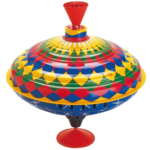 So many cool toys for girls and boys! An efficient tracking system enabled the volunteer women to verify toys were returned on time in good condition with “stars” affixed to the cards as rewards. When enough stars were earned . . . DRUMROLL . . . the child was invited to choose a brand new toy from the top shelf—to keep. Such incentive!
So many cool toys for girls and boys! An efficient tracking system enabled the volunteer women to verify toys were returned on time in good condition with “stars” affixed to the cards as rewards. When enough stars were earned . . . DRUMROLL . . . the child was invited to choose a brand new toy from the top shelf—to keep. Such incentive!
Continue reading “Brainchild of the Sierra Madre Civic Club”
Love is . . .

On Passing Notes and Other Reflections
 Communication is something close to my heart. Even prior to kindergarten, conversing with others was enjoyable. Anyone remember report card “citizenship” grades? At Sierra Madre Elementary School, citizenship grades were a big deal and never slipped through the cracks. My teachers persistently marked my report cards with a “C” or “C-” in citizenship for talking during class when I was supposed to be quiet. All that did was encourage me to go underground by passing notes to classmates!
Communication is something close to my heart. Even prior to kindergarten, conversing with others was enjoyable. Anyone remember report card “citizenship” grades? At Sierra Madre Elementary School, citizenship grades were a big deal and never slipped through the cracks. My teachers persistently marked my report cards with a “C” or “C-” in citizenship for talking during class when I was supposed to be quiet. All that did was encourage me to go underground by passing notes to classmates!
Trying to suppress a talkative person is, in some ways, like trying to tame the mighty Mississippi River. On one memorable November afternoon in 2011, while Jon and I stood on a bluff in Natchez, Mississippi, overlooking the Mississippi River, we met a keen man in his mid to late 80s. From birth, he had lived in a very big, yellow, wood frame house situated directly behind us on the bluff. He eagerly shared his insights about the River, including recurrent extensive efforts by the United States Army Corps of Engineers to redirect the river at specific bends. Based on his broad knowledge, he was convinced the River outsmarts even the most ingenious engineers . . . deliberately choosing its own path. But the engineers haven’t given up—they keep trying to force the River to comply with their will.
Oh, the irony of the reality of ALS
As pointed out in previous posts, bloodhounds follow the scent trail that matches the scent on the article used to begin the “hunt.” The bloodhound cannot differentiate whether the scent article originated from a convicted felon, a college professor, a lost child, a swim coach, or Mayor Joe from Big City, USA. Nor does the bloodhound care about the subject’s sex, socioeconomic position, religious affiliation, or ethnic background. The bloodhound’s only goal—find the person who matches the scent. Period.
On an entirely different front, ALS operates on much the same principles. Go after a person with no regard to his or her level of education, annual income, marital status, age, etc.
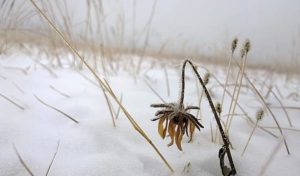 The grim reality of this hit home again the day before Christmas, when a letter dated December 17, 2019, arrived from UCSF’s Catherine Lomen-Hoerth, MD PhD. You’ll read that Dr. Lomen-Hoerth was mentored by Richard K. Olney, MD, at UCSF. Dr. Olney was diagnosed with and ultimately succumbed to ALS. Additionally, another very devoted, brilliant UCSF researcher—Rahul Desikan, MD PhD, committed to the research of neurological diseases—was also diagnosed with fast-progressing ALS and passed away in July of 2019.
The grim reality of this hit home again the day before Christmas, when a letter dated December 17, 2019, arrived from UCSF’s Catherine Lomen-Hoerth, MD PhD. You’ll read that Dr. Lomen-Hoerth was mentored by Richard K. Olney, MD, at UCSF. Dr. Olney was diagnosed with and ultimately succumbed to ALS. Additionally, another very devoted, brilliant UCSF researcher—Rahul Desikan, MD PhD, committed to the research of neurological diseases—was also diagnosed with fast-progressing ALS and passed away in July of 2019.
One of my intended purposes for Hound by the Sea is to help increase awareness about a disease that is not well known nor well understood and for which no cure has yet to be discovered.
Please Note: The link to Dr. Lomen-Hoerth’s letter is not an indirect appeal for your monetary support for UCSF’s ALS Center. Dr. Lomen-Hoerth happens to be the neurologist who ultimately put a name on my ailment, and her letter is provided here as a means to provide additional insight concerning ALS.
UCSF ALS Center’s Founding Director Dies of the Disease He Studied

